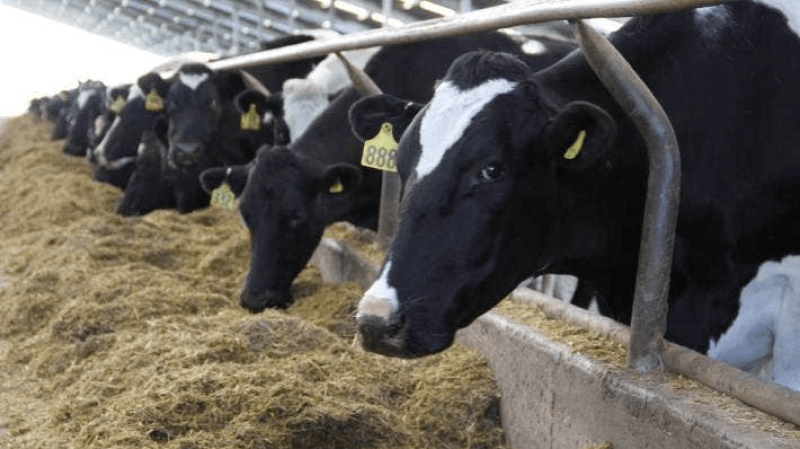Precision fermentation is a refined form of brewing, a means of multiplying microbes to create specific products. It has been used for many years to produce drugs and food additives. But now, in several labs and a few factories, scientists are developing what could be a new generation of staple foods.
The developments I find most interesting use no agricultural feedstocks. The microbes they breed feed on hydrogen or methanol – which can be made with renewable electricity – combined with water, carbon dioxide and a very small amount of fertiliser. They produce a flour that contains roughly 60% protein, a much higher concentration than any major crop can achieve (soy beans contain 37%, chick peas, 20%). When they are bred to produce specific proteins and fats, they can create much better replacements than plant products for meat, fish, milk and eggs. And they have the potential to do two astonishing things.
The first is to shrink to a remarkable degree the footprint of food production. One paper estimates that precision fermentation using methanol needs 1,700 times less land than the most efficient agricultural means of producing protein: soy grown in the US.
The second astonishing possibility is breaking the extreme dependency of many nations on food shipped from distant places. Nations in the Middle East, north Africa, the Horn of Africa and Central America do not possess sufficient fertile land or water to grow enough food of their own.
The real sticking point, I believe, is neophobia. I know people who won’t own a microwave oven, as they believe it will damage their health (it doesn’t), but who do own a woodburning stove, which does. We defend the old and revile the new. Much of the time, it should be the other way around.































